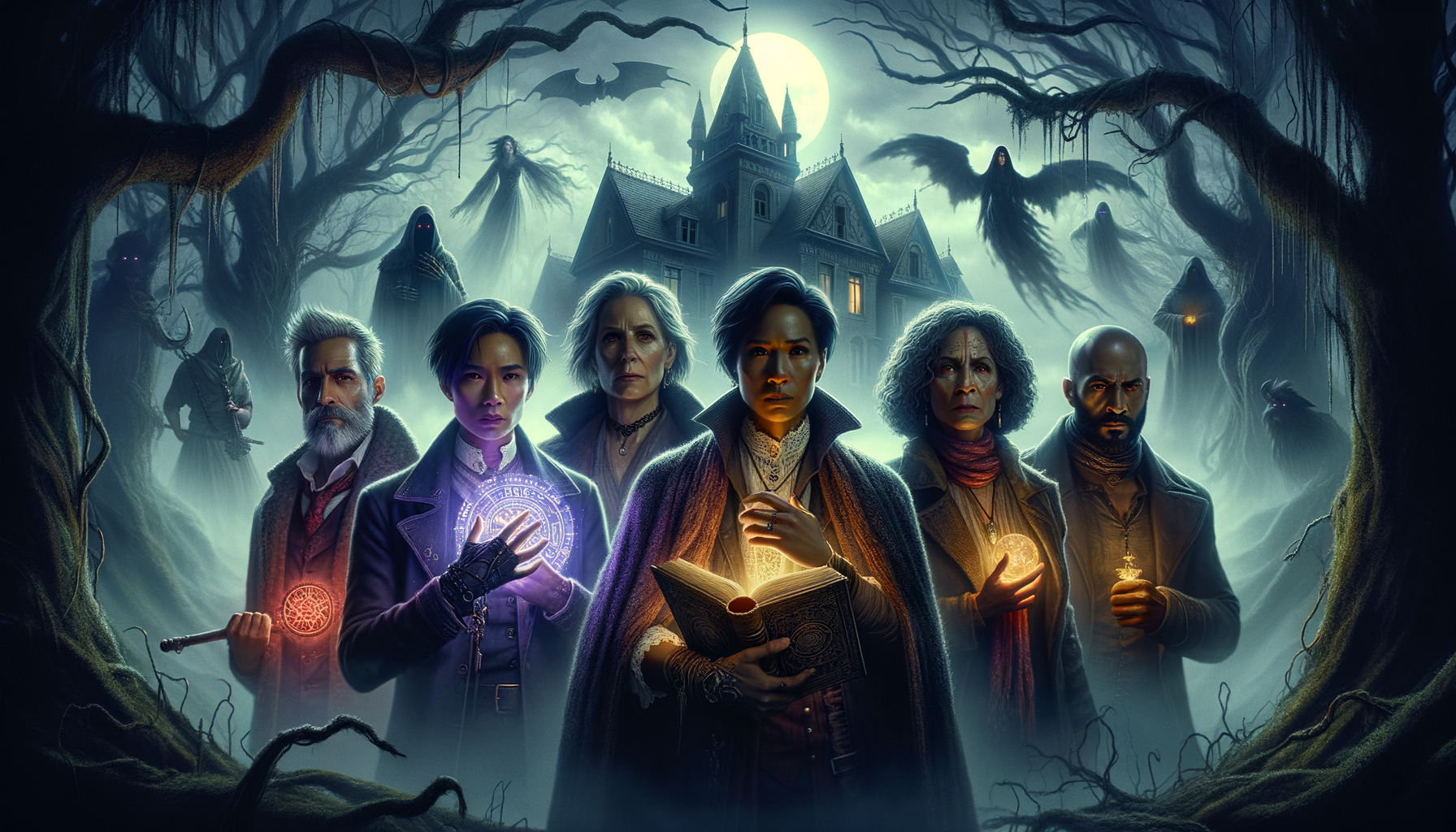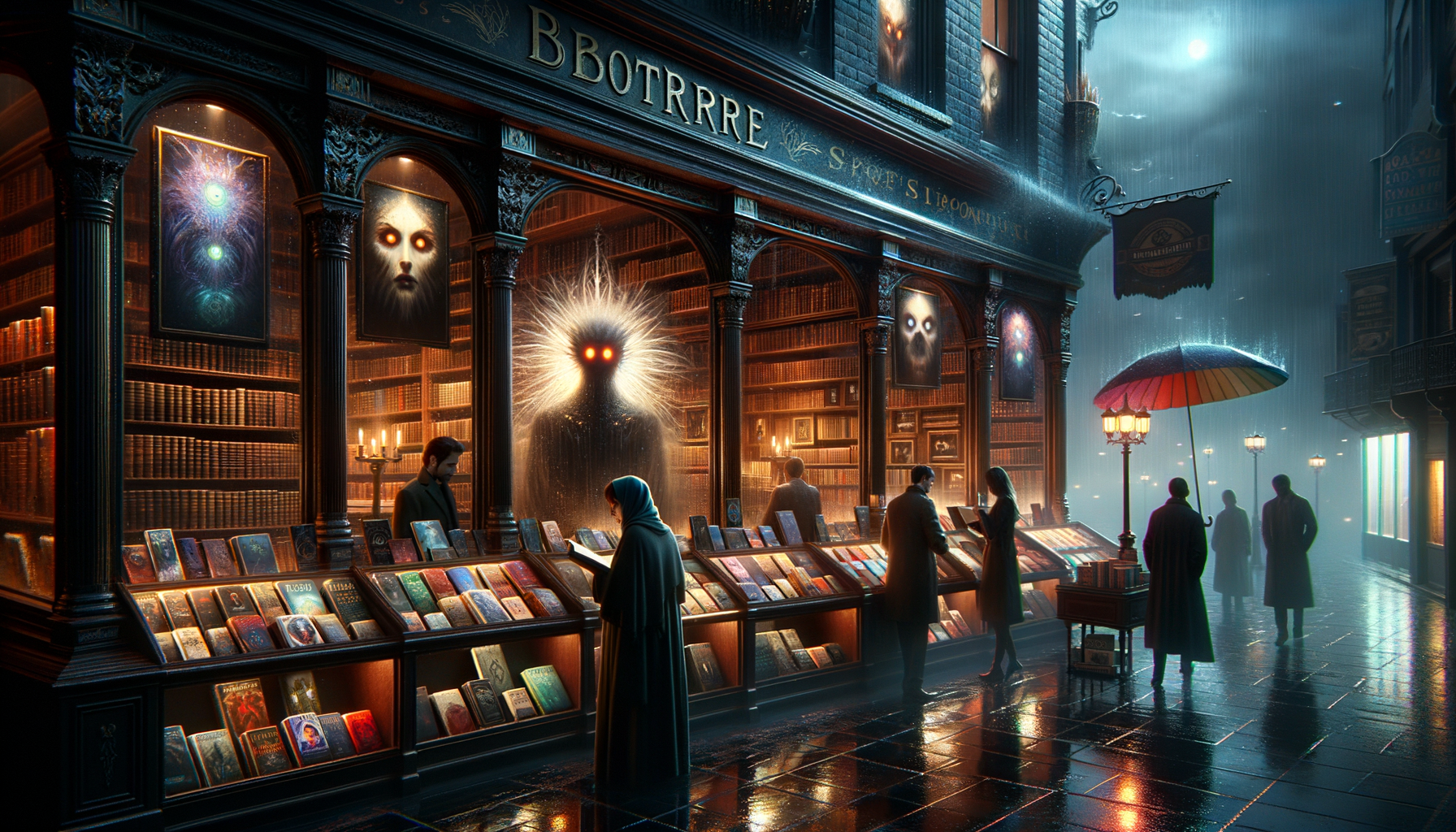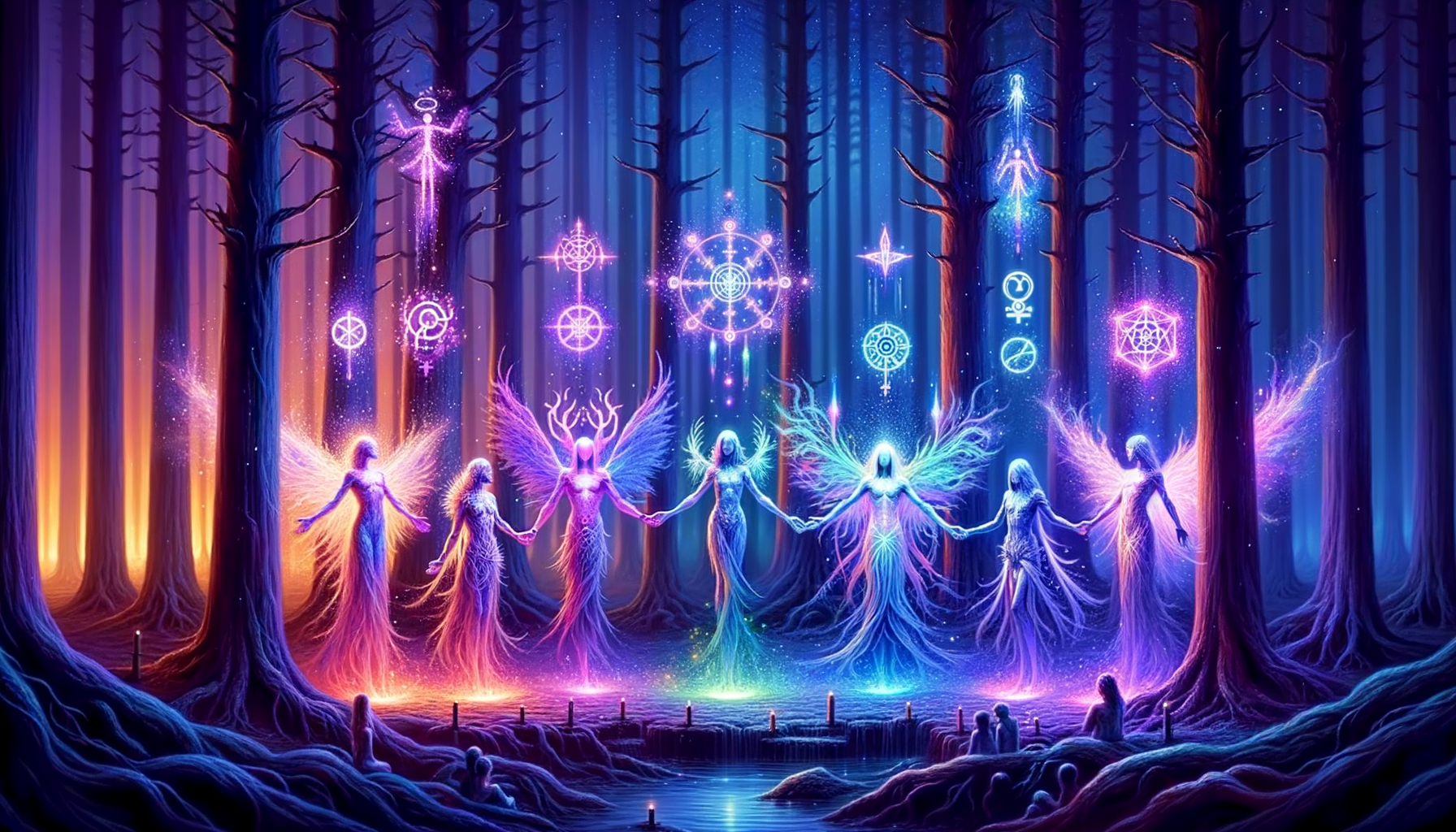Why do we love horror movies? They provoke us, thrill us, and, most importantly, they challenge our perceptions. In recent years, queer horror films have taken the spotlight, disrupting social norms and offering fresh narratives that resonate with audiences on a whole new level. Did you know that LGBTQ+ representation in horror doubled over the past decade? It’s true! And it’s transforming how we understand fear—and society. Let’s delve into how queer horror films are redefining the genre and breaking down conventional social norms!
The Evolution of Queer Themes in Horror Cinema
Early Days
Let’s start by going back to the roots of queer subtext in classic horror films. Early horror cinema often incorporated queer themes, albeit subtly and sometimes unintentionally. Characters that deviated from societal norms were often portrayed as monstrous or villainous, reflecting societal fears and prejudices of the time. Films like “Dracula’s Daughter” (1936) and “The Bride of Frankenstein” (1935) featured characters and subplots that hinted at same-sex attraction and gender nonconformity, though these elements were never explicitly stated.
The 1980s Boom
Fast forward to the 1980s, and we see a significant shift. This decade marked the emergence of camp and cult classics that embraced queer themes more openly. Movies like “A Nightmare on Elm Street 2: Freddy’s Revenge” (1985) and “The Hunger” (1983) began to pave the way for queer horror. The camp aesthetics and over-the-top narratives resonated with the LGBTQ+ community, offering both a sense of representation and a means to critique societal norms.
Modern Breakthroughs
Today, queer horror is more visible and celebrated than ever. Directors like Jennifer Kent (“The Babadook“) and Jordan Peele (“Get Out“) are integrating queer themes and characters into their films, pushing the genre forward. Modern films such as “Bit” (2019) are not just including queer characters but are making their identities central to the narrative, thus shaping today’s horror landscape in meaningful ways.
Breaking Social Norms Through Queer Horror Narratives
Gender Fluidity
One of the most compelling aspects of queer horror is its ability to challenge traditional gender roles. Films like “The Rocky Horror Picture Show” (1975) and “Knife+Heart” (2018) explore gender fluidity and nonconformity, often using horror elements to question and deconstruct societal expectations around gender. These narratives offer a space for viewers to reconsider what they know about gender, often presenting fluidity as a source of strength rather than fear.
Intersectionality
Queer horror isn’t just about sexuality; it also addresses race, identity, and other intersecting factors. Movies like “Get Out” and “The Transfiguration” (2016) tackle the complexities of being queer and a person of color, using horror to shatter stereotypes and offer nuanced portrayals. These films highlight the importance of intersectionality, showing that the fight for representation and equality is multifaceted.
Redefining the Monster
Historically, monsters and villains in horror films have often served as metaphors for societal fears, including fears of queerness. However, queer horror flips this script by redefining what it means to be a “monster.” Films like “The Lure” (2015) use their monstrous characters to explore themes of identity, acceptance, and the othering of queer individuals. In doing so, these films offer a critique of societal norms and challenge audiences to empathize with the so-called “monsters.”
Iconic Queer Horror Films and Their Impact
Must-Watch Classics
For those looking to dive into queer horror, there are several foundational films you shouldn’t miss. Titles like “The Haunting” (1963), “Daughters of Darkness” (1971), and “The Hunger” are essential viewing. These films laid the groundwork for the genre, offering early glimpses of queer themes and characters.
Recent Hits
The last decade has seen a surge in standout queer horror films. Movies like “Thelma” (2017), “A Fantastic Woman” (2017), and “Bit” have garnered critical acclaim and brought queer narratives to a broader audience. These films are breaking new ground, both in terms of storytelling and representation.
Fan Favorites
Cult classics like “Jennifer’s Body” (2009) and “Hellbent” (2004) have become beloved within LGBTQ+ communities. These films may not have been mainstream hits upon release, but they have since gained a dedicated following for their queer themes and campy appeal.
The Influence of Queer Horror on Mainstream Media
Cross-Genre Appeal
Queer horror’s influence extends beyond film, impacting TV shows, literature, and other media. Series like “American Horror Story” and novels like “Carmilla” have drawn from queer horror tropes, bringing these themes to a wider audience. This cross-genre appeal helps normalize queer narratives, making them more accessible and accepted.
Celebrity Advocacy
Prominent figures in the entertainment industry are also championing queer representation in horror. Actors like Jamie Lee Curtis and directors like Jordan Peele use their platforms to advocate for more inclusive storytelling. Their support helps bring attention to the importance of queer representation in the genre.
Critical Reception
Queer horror films are increasingly being recognized by critics and audiences alike. Movies like “The Babadook” and “Hereditary” have received critical acclaim not just for their horror elements, but also for their complex, queer subtext. This positive reception indicates a growing acceptance and appreciation of queer narratives in horror.
Future Trends in Queer Horror and Social Norms
Emerging Voices
The future of queer horror looks promising, with a new generation of directors and writers emerging. Filmmakers like Alice Waddington (“Paradise Hills“) and Sam Wineman (“The Quiet Room“) are bringing fresh perspectives to the genre. These up-and-coming talents are poised to push queer horror in exciting new directions.
Technological Innovations
Advances in technology, such as VR and AR, are also set to enhance queer horror narratives. These innovations offer new ways to immerse audiences in stories, making the emotional and psychological aspects of queer horror even more impactful. Imagine experiencing a horror film from the perspective of a queer protagonist in a fully immersive VR environment—it’s a game-changer.
Social Impact
As queer horror continues to evolve, its social impact is likely to grow. Future films will undoubtedly continue to challenge norms and promote inclusivity, helping to foster a more accepting and understanding society. By pushing boundaries and breaking taboos, queer horror has the potential to drive significant cultural change.
Conclusion
In a genre constantly evolving, queer horror films stand out not just for their scares, but for their groundbreaking narratives that confront societal norms head-on. Whether you’re a horror aficionado or a casual viewer, these films offer something deeply transformative. Ready to explore? Dive into the world of queer horror and discover a realm where fear meets powerful storytelling. Catch the latest releases and join the conversation—because horror is for everyone.




